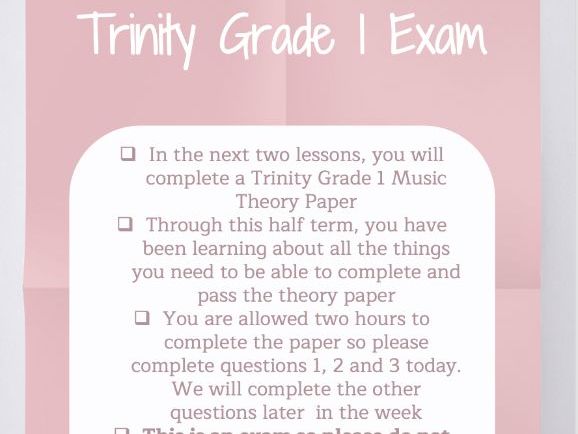Ellie's Educational Emporium
Hi, I'm Ellie and I am a secondary Music teacher based in Dubai. I trained in the UK in 2019 in the British Curriculum and moved to an IB school in Dubai in January 2022. I love resources that are colourful, engaging and functional for both the students and us as teachers. I teach Music to KS3, KS4 and KS5 while also being a form tutor. Have a look through the resources below and feel free to ask me any questions or send me your ideas and suggestions!





















